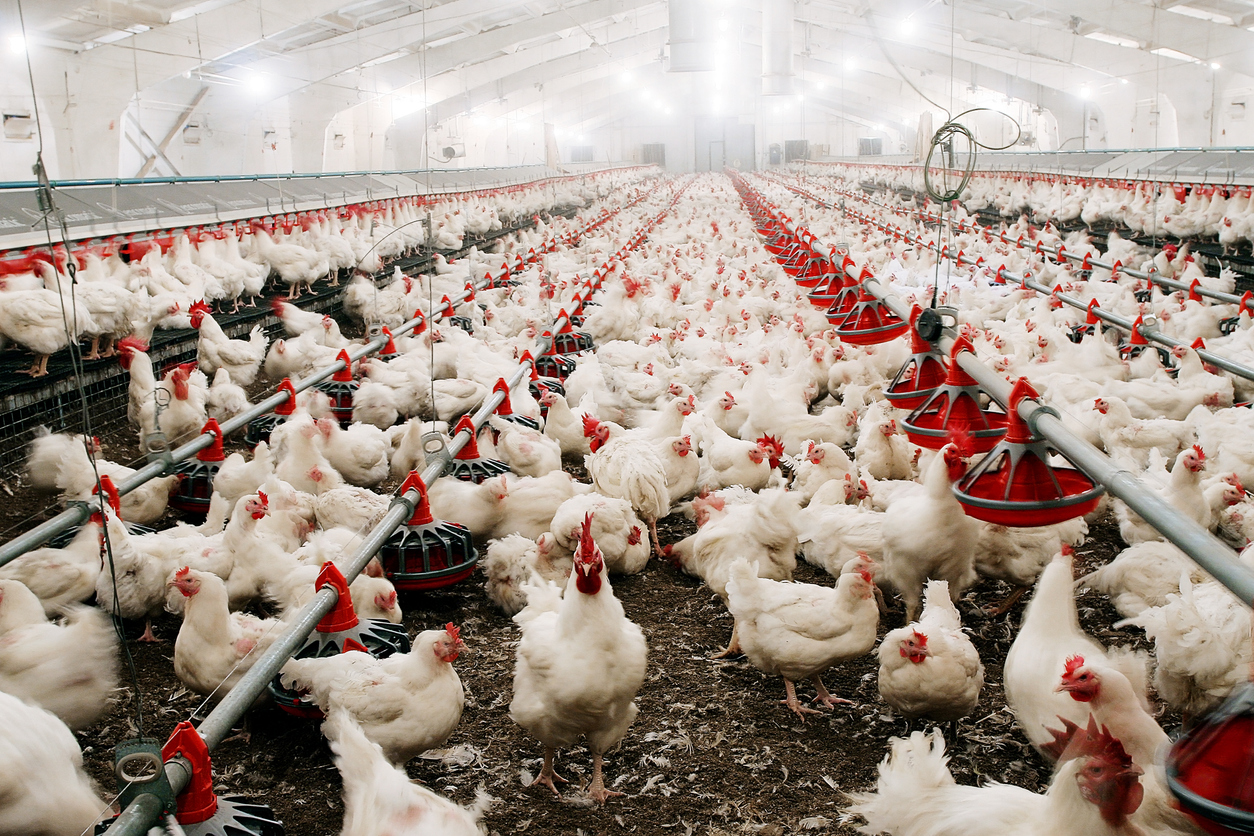Chip Merlin was talking to me about litigating the largest independent chicken egg loss claim ever in Texas. He told me that he spent hours looking at chickens, tens of thousands of them, and they all looked exactly the same. He said that they all came from the same hatchery with the same DNA to cut out pecking and other traits—but he kept saying how they all looked exactly the same.
Our firm routinely handles poultry, livestock and ranch claims. They are always different despite all the DNA trying to make them the same.
Public adjusters encountering agricultural claims, particularly those involving poultry and livestock operations, face a complex web of specialized coverages that demand scrutiny. Understanding these unique exposures and their corresponding insurance solutions is crucial for successful claims advocacy. If you have not handled these claims in the past, you should seek out others who have and work as a team.
Understanding Agricultural Operations
Modern agricultural facilities, especially poultry houses, represent significant investments with sophisticated climate control systems, automated feeding mechanisms, computerized feed and egg laying systems, and complex waste management infrastructure. These operations face distinctive perils that standard commercial policies may inadequately address. For instance, a ventilation system failure lasting just hours can result in catastrophic losses through heat stress or suffocation, potentially devastating entire flocks.
Critical Coverage Components
Agricultural operations require layered insurance protection. While standard farm policies typically cover basic perils like windstorms, hail, and fire, the real complexity lies in specialized endorsements and supplemental coverage forms. Equipment breakdown coverage becomes particularly crucial when considering the automated nature of modern facilities. A malfunctioning feed delivery system or temperature control failure can trigger both direct property damage and significant business interruption losses.
Mortality and Health Coverage Considerations
Disease outbreaks represent one of the most significant threats to livestock operations. Public adjusters must understand that standard property policies often exclude or severely limit coverage for disease-related losses. Specialized livestock mortality coverage can protect against various health risks, including viral outbreaks like Newcastle disease, bacterial infections, and parasitic disorders. When adjusting these claims, documentation of pre-existing health conditions and maintenance of veterinary records becomes crucial.
Business Interruption Complexities
The business interruption component of agricultural claims requires particular attention. Unlike standard retail or manufacturing operations, agricultural facilities face unique challenges in calculating lost income during downtime. Adjusters must consider factors such as:
- The seasonal nature of production cycles
- Mandatory quarantine periods following disease outbreaks
- Extended recovery times for rebuilding specialized facilities
- Ongoing care requirements for surviving livestock
Claims Handling Best Practices
When handling agricultural claims, public adjusters should immediately identify all potentially applicable coverage forms and endorsements. This includes reviewing not only the primary farm policy but also any specialized livestock coverage, equipment floaters, or environmental liability policies. Prompt investigation of cause and origin becomes particularly critical in cases involving equipment failure or disease outbreaks.
Documentation Requirements
Most documentation is similar to what we noted in Post-Loss Obligations: Affidavits by Themselves May Not be Enough to Win Summary Judgment Under Florida Rule 1.510. In addition, these should also be available for production income and extra expense claims:
- Equipment maintenance logs
- Veterinary records and health certificates
- Environmental compliance documentation
- Operating procedures and safety protocols
- Efficiency Results of Computerized Systems
- Risk Management Integration
While handling claims, public adjusters can provide additional value by identifying potential coverage gaps and recommending risk management improvements. This might include suggesting enhanced monitoring systems for critical equipment or reviewing emergency response procedures for various loss scenarios. Please do not advertise this or get paid for these activities because they are certainly outside of what you are licensed to do, and you should always tell the policyholder to ask and question these issues with a licensed insurance agent.
The successful adjustment of agricultural claims requires a thorough understanding of both the operational aspects of modern farming and the specialized insurance products designed to protect these unique risks. Public adjusters who master these nuances position themselves as valuable advocates for their agricultural clients while ensuring maximum recovery under available coverage.
For policyholders operating poultry houses or livestock facilities, working with knowledgeable public adjusters who understand agricultural operations can make the difference between a properly adjusted claim and a potentially devastating underpayment. The complexity of modern agricultural operations demands expertise in both the technical aspects of farming and the intricacies of specialized insurance coverage.
I am handling poultry and ranch claims. The animals never seem to be the same, nor the issues as easy as Chip may seem to state them.
Thought For The Day
Farming looks mighty easy when your plow is a pencil, and you’re a thousand miles from the corn field.
—President Dwight D. Eisenhower




